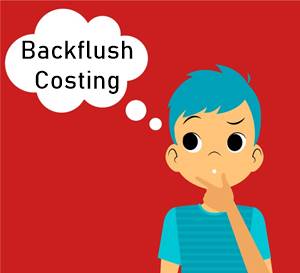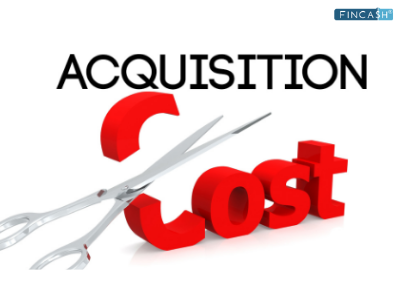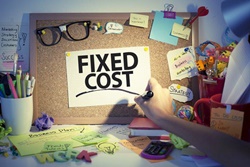
Table of Contents
What is Opportunity Cost?
Opportunity cost is referred to as the cost of the next best alternative foregone. Whenever you are required to make a decision, to choose between two or more alternatives, you choose the best one. But what you don’t choose becomes the opportunity cost of that decision. Since our time and opportunities are limited, choosing one thing will always mean letting go of another.

So, practically every decision that a person or a business firm ever makes will have an opportunity cost.
Opportunity Cost Example
Let us understand the concept of opportunity cost with the help of a few examples:
Say there is a student. She decides to play cricket instead of doing her homework. So, the opportunity cost of playing is the homework that she could have done. If she does it the other way, then the opportunity cost of doing her homework will be playing.
A person wants to eat ice cream. She is confused between eating the chocolate flavour or the butterscotch. Suppose she decides to eat butterscotch. The opportunity cost is the chocolate flavour ice cream that she does not buy.
Suppose a farmer owns a piece of Land. He has some of the resources to grow both wheat and rice on that land, but his land is not large enough to grow both. So, he has to decide whether to grow wheat or rice on his land. Now, after making many calculations, the farmer comes to the fact that if he grows wheat, he will be able to earn a monthly Income of ₹1200 (for the sake of simplicity), and if he grows rice, he will earn an income of ₹1500 per month. The farmer decides to grow wheat on his land, considering some other factors such as labour. So, in this case, the opportunity cost will be ₹1500 minus ₹1200, which is ₹300.
Opportunity Cost Formula
If going by logic, the cost of something will be what you have incurred to get something. So, for opportunity cost, the difference between quantitative measures of what you did not choose and what you chose will be the opportunity cost.
Opportunity Cost = FO - CO
Here,
- FO is the return on the foregone option.
- CO is the return on the chosen option.
- What Does Opportunity Cost Tell?
Talk to our investment specialist
What does Opportunity Cost Tell?
Opportunity cost helps a business organisation in making important decisions, such as:
- Determining its Capital structure
- Making investments
For example, a business firm has surplus revenue that it decides to invest in. Now, the firm faces the question of where to invest. They reduce the available options to invest to two viable options:
- Either Investing in stocks; or
- Investing in new machinery or equipment.
Now suppose, if the firm invests in the stock Market, it gets a rate of return of, say, 10% per annum on the amount invested. And if the firm uses the surplus to buy new machinery, it will be able to increase productivity to some extent, and additional revenue will be generated. Let’s suppose the rate of return, in this case, is 8%
The firm decides to invest the money in machinery rather than the stock market, considering the fact that stock market returns are volatile. Now, the opportunity cost will be:
- 10% - 8% =2%
Thus, opportunity cost analysis helps firms weigh returns on various investment options and compare them with each other to decide on the most suitable option.
Importance of Opportunity Cost
The biggest economic problem faced by the world since time immemorial is the problem of limited resources. Resources are limited, but wants are unlimited. This gives rise to three very basic economic problems:
- What to produce?
- How to produce?
- For whom to produce?
The opportunity cost analysis helps in finding solutions to these problems.
Suppose the Economy is faced with the problem of choosing between whether to produce consumer goods or war goods. The opportunity cost trade-off will help the economists and the producers decide which goods to produce. Similarly, for the other two problems also, the opportunity cost analysis will help take informed decisions. This was the importance of opportunity cost on a macro level. If we look at the micro level, individual firms can also take decisions considering the opportunity costs of various available options in their day-to-day activities.
Opportunity Cost Vs Sunk Cost
Sunk cost is the cost that has already been incurred or spent, and it cannot be recovered in any way. A firm has to bear this cost as it has been spent in the past. Whereas opportunity cost considers the future course of action and measures the cost that a firm will have to bear if it takes a particular decision.
Conclusion
The opportunity cost analysis helps anyone and everyone in every field of life. A simple calculation can show what one could lose if one chooses something over the other. This is an extremely important consideration that helps managers in business firms make big and small decisions.
All efforts have been made to ensure the information provided here is accurate. However, no guarantees are made regarding correctness of data. Please verify with scheme information document before making any investment.












